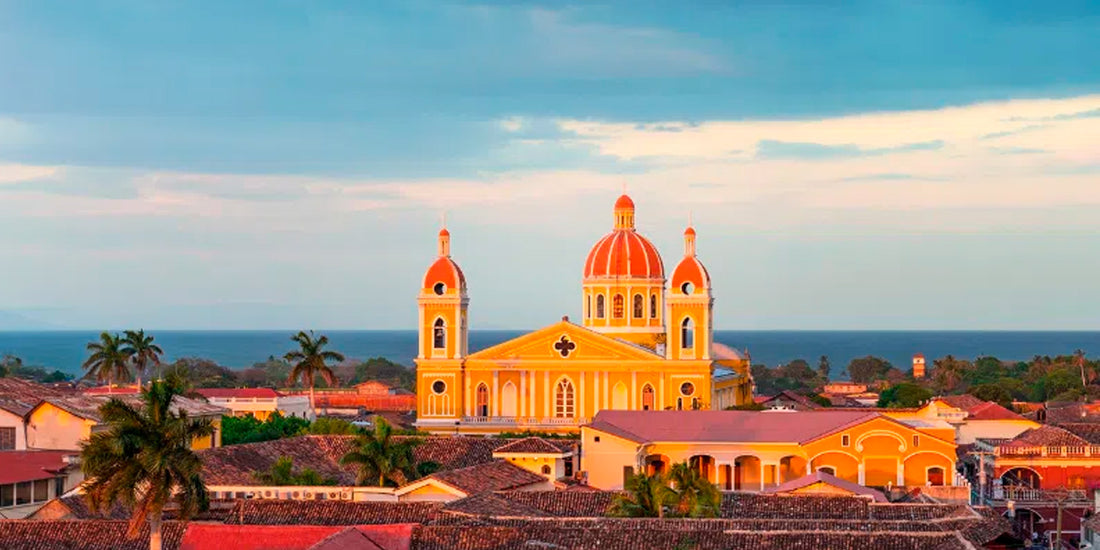
Nicaragua Paraiso
Share
Nicaragua is one of my favourite countries in Central America. Hence, a bit of history and fun facts to follow.
Nicaragua is blessed with glorious mountains, fertile valleys, magnificent lakes, beautiful beaches and a rich colonial history. Take the city of Granada for example, its history goes back more than five hundred years and is one of the oldest cities in Latin America. I have been blessed to take a few trips through the country and been able to enjoy the unique hospitality of the Nicaraguan people.
Coffee was introduced into the country in the mid-nineteen century, just like many other Central American countries. It is grown in the mountainous region in the middle of the country which separates the dry Pacific climate from the moist Caribbean climate to the east. This mountain range yields captivating micro-climates, where one can traverse from a cloud forest and stroll amidst misty coffee plantations, only to find yourself a mere hour's drive westward, basking in the
warmth of a clear, sunlit day. It is not uncommon for farms to do the wet milling on-site and then transport the wet beans for drying. The farms tend to have ample water, facilitating the hulling of coffee beans and just a short drive away, coffee can easily be dried on top of mesh laid out on the sunlit fields.
Nicaragua has been plagued with civil unrest going back to the mid-nineteen century. The country’s strategic location as a crossing point from the Atlantic to the Pacific made it appealing to foreign interests. In fact, Cornelius Vanderbilt (yes, “The Commodore”) set up a company during the California Gold Rush in the 1850s, to transport would-be prospectors from the east coast of the United States to the west coast. At the time, it was the cheapest and fastest way to get to California. Passengers would travel by steamer from New York to San Juan del Norte on the Mosquito Coast of Nicaragua. From there, they travelled up the Rio San Juan to Lake Nicaragua, crossing the lake to the town of Rivas. A stagecoach then crossed the narrow isthmus to San Juan del Sur, where another steamer travelled to San Francisco.

The specialty coffee scene blossomed in Nicaragua after the political unrest of the 1980’s and 1990’s. The country enjoyed a somewhat relative political stability through the 2000’s, which helped to develop the specialty coffee industry. The last few years have been challenging again, but I will not dive into Nicaraguan political issues.

This month’s coffee comes from Finca Paraiso, located in Jinotega, one of the key growing regions in the country alongside Matagalpa. The coffee on the farm is grown at approximately 1,200-1,500 masl and comes from Caturra, Catuai and Bourbon varietals (traditional Nicaraguan varietals). Ther farm is approximately 100 acres and is organically managed by J&M Coffee. J&M is an integrated, family- owned, coffee business led by five siblings. Operations began with the intent to sell their parents’ coffee to international markets at a better price, one that would recognize the quality of their coffee. Humm…sounds familiar, since it is the reason, I got involved in coffee farming in El Salvador more than fifteen years ago. J&M has a strict control over quality and traceability, which leads to a very unique offering. The coffee is a great daily cup with notes of apple, caramel and milk chocolate and a grapefruit acidity.
